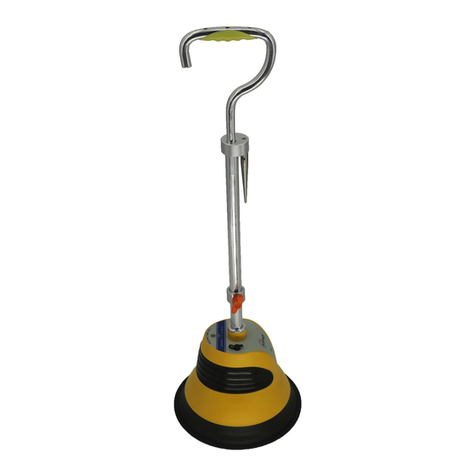Table of Contents
1. SAFETY INSTRUCTIONS .....................................................................................5
2. GENERAL DESCRIPTION.....................................................................................6
2.1 GENERAL ...........................................................................................................6
2.2 FEATURES..........................................................................................................6
2.3 SPECIFICATION..................................................................................................7
2.4 DEVICE COMPOSITION AND ACCESSORIES.......................................................8
3. SIGNAL TRANSMISSION METHODS...................................................................9
3.1 INTRODUCTION TO THE TWO OPERATING METHODS .....................................9
3.2 WIRING AND OPERATION FOR DIRECT CONNECTION....................................10
3.3 WIRING AND OPERATION OF CLAMP COUPLING METHOD ...........................12
4. CONNECTION MODES FOR CABLE IDENTIFICATION.......................................14
4.1 OUT OF SERVICE CABLE WIRING METHOD.....................................................15
4.2 LIVE CABLE WRING METHOD..........................................................................18
4.3 TRANSMISSION FREQUENCY SELECTION IN CABLE DETECTION.....................19
5. SMART CABLE IDENTIFICATION ......................................................................20
5.1 SELECTION OF SIGNAL TRANSMISSION METHOD...........................................20
5.2 RECEIVER FLEXIBLE SENSOR CONNECTION.....................................................20
5.3 INTRODUCTION TO THE RECEIVER INTERFACE...............................................20
5.4 CALIBRATION...................................................................................................21
5.5 CABLE IDENTIFICATION...................................................................................22
6. POWER FREQUENCY CURRENT MEASUREMENT............................................26
6.1 INTERFACE INTRODUCTION............................................................................26
6.2 POSITION ERROR.............................................................................................26
7. TRANSPORTATION AND STORAGE..................................................................27
7.1 TRANSPORTATION CONSIDERATIONS ............................................................27
7.2 STORAGE CONDITIONS AND PRECAUTIONS...................................................27
8. UNPACKING INSPECTION, MAINTENANCE AND WARRANTY .........................27
8.1 INITIAL CHECKS ...............................................................................................27
8.2 MAINTENANCE................................................................................................27
8.3 WARRANTY......................................................................................................28
8.4 PACKING LIST: .................................................................................................29





























